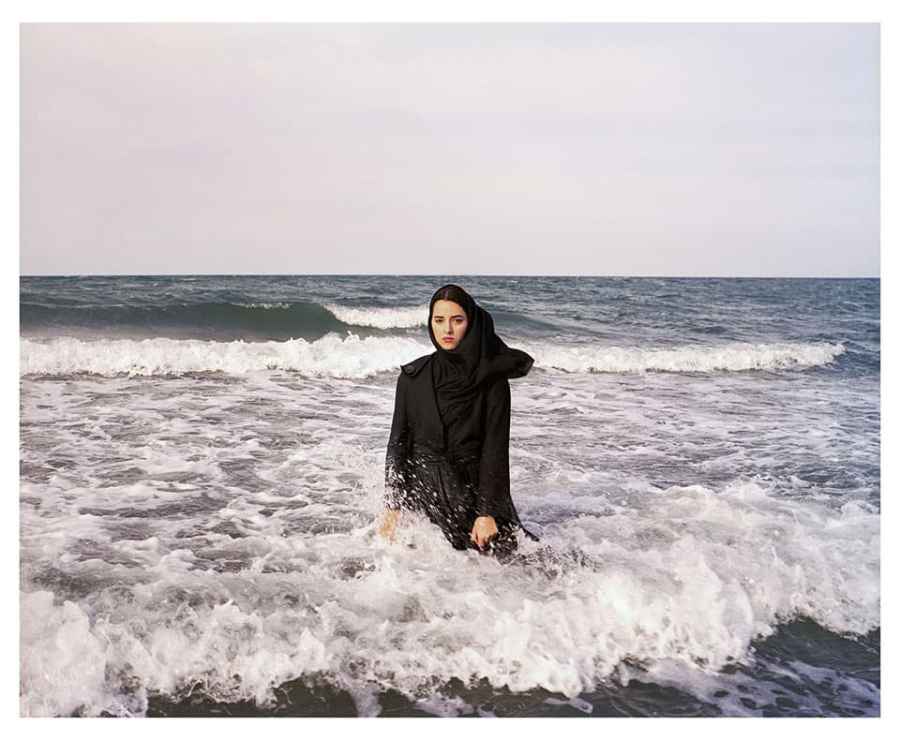© Newsha Tavakolian/Magnum Photos
Magnum says the images included in the Square Print Project are ‘intended to spark debate around the meaning of the decisive moment’.
The agency explains: ‘Every photographer within Magnum Photos has been invited to select an image from their archive and to reflect upon how the photographic concept of the decisive moment influences their practice.
‘Accompanied by personal written responses, these images and texts create a collective portrait of the critical thinking that defines the agency.’
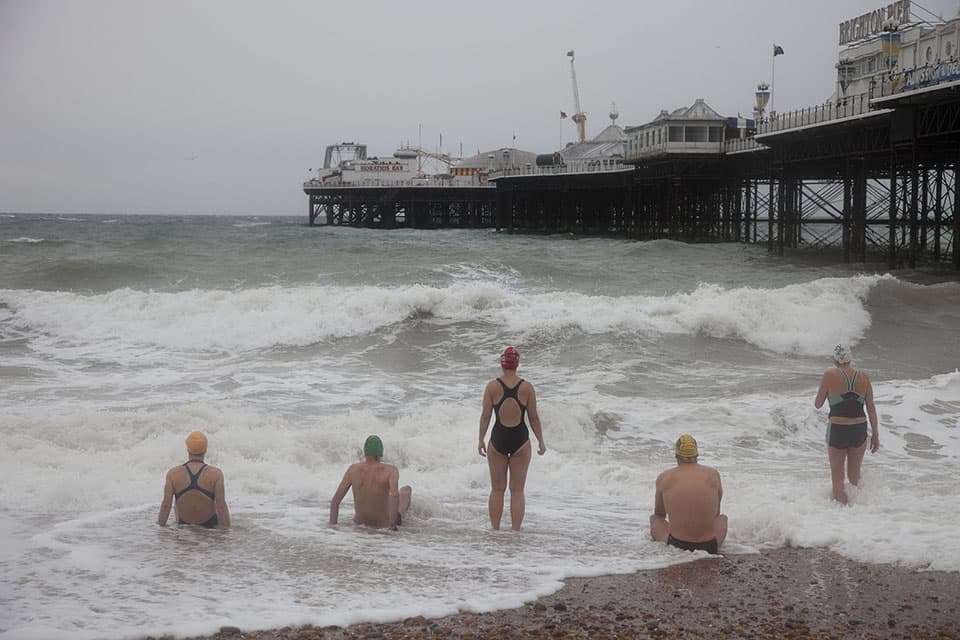
Martin Parr says: ‘This is the Swimming club in Brighton, who go and swim in the sea, every day of the year, regardless of the weather (wetsuits are discouraged). You can see here, the waves were so fierce they were experiencing their own ”decisive moment” as they pondered if they dare go into the sea or not. They did eventually sneak in, but a long leisurely dip was not on the cards that particular day.’
© Martin Parr/Magnum Photos
The idea of the ‘decisive moment’ was coined by Henri Cartier-Bresson’s English-language publisher Simon & Schuster in 1952, translating the French title of the book Images à la Sauvette.
The agency asks: ‘What goes through a photographer’s mind when capturing a shot? What are the moral or ethical implications in the quest to find the decisive moment? What part does the unconscious play? Is the realisation of a decisive moment always in the present, or can that come later? Is there even such a thing as the decisive moment?’
The prints are available until Friday from the Magnum Shop at https://shop.magnumphotos.com/
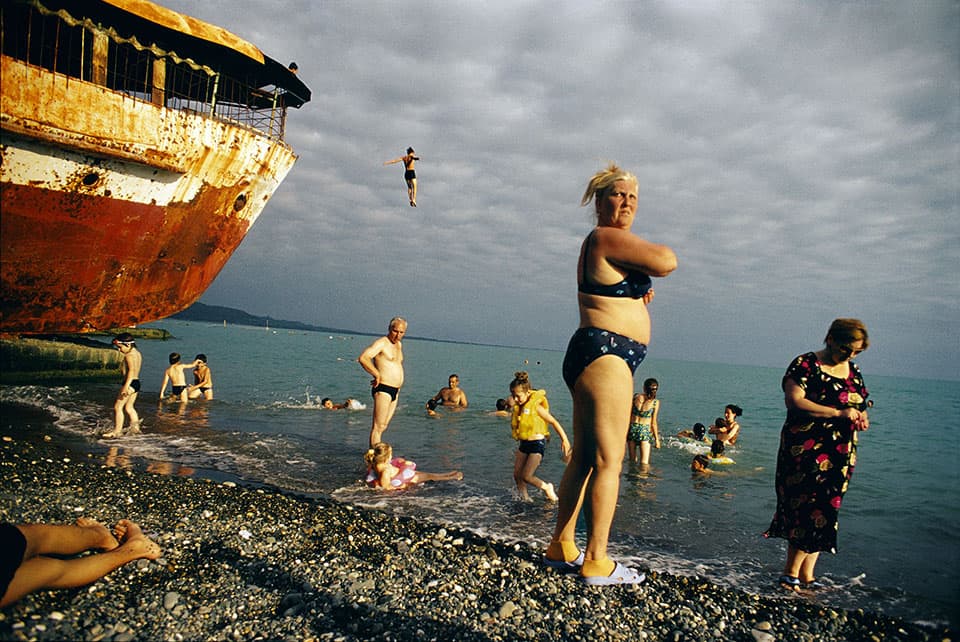
On this 2005 image, Jonas Bendiksen says: ‘Although Abkhazia is isolated, half-abandoned and still suffering war-wounds due to its unrecognised status, both locals and Russian tourists are drawn to the warm waters of the Black Sea. This unrecognised country, on a lush stretch of Black Sea coast, won its independence from the former Soviet republic of Georgia after a fierce war in 1993. I took this image at the Black Sea beachfront in the city of Sukhumi… Tourists and locals were hanging out picnicking and bathing. When people are hurling themselves from old shipwrecks I don’t necessarily think, “Oh, here is a decisive moment”. Actually, I often don’t think so much at all when I photograph, it is more gut instinct working, just lots of reactions. For me, the thinking and categorising is better done before and after the actual photographing. Anyway, I don’t think too much about the classic concept of the decisive moment. For me, they are just moments. Some are complicated, where lots of elements come together; some are simple low-hanging fruit; some are long, drawn-out sluggish affairs; others are over in a split second. Whatever it is, the shutter had better be open at the right time.’
© Jonas Bendiksen/Magnum Photos
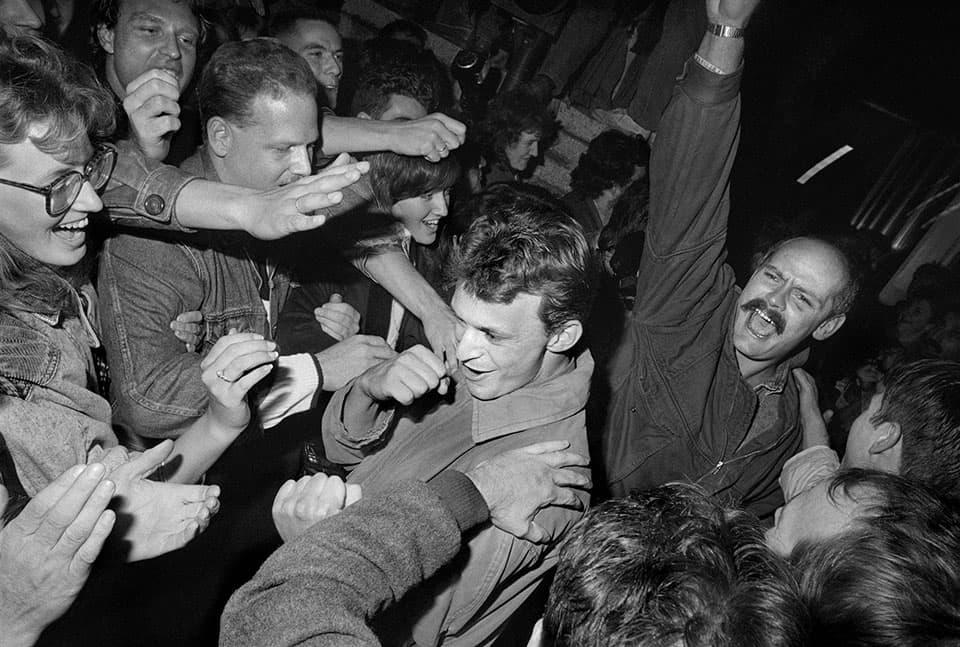
West Berlin, Germany. The Fall of the Berlin Wall. East Berliner’s crossing into the West, in the immediate aftermath of the opening of the Berlin Wall at Checkpoint Charlie at midnight on 9 November 1989
© Mark Power/Magnum Photos
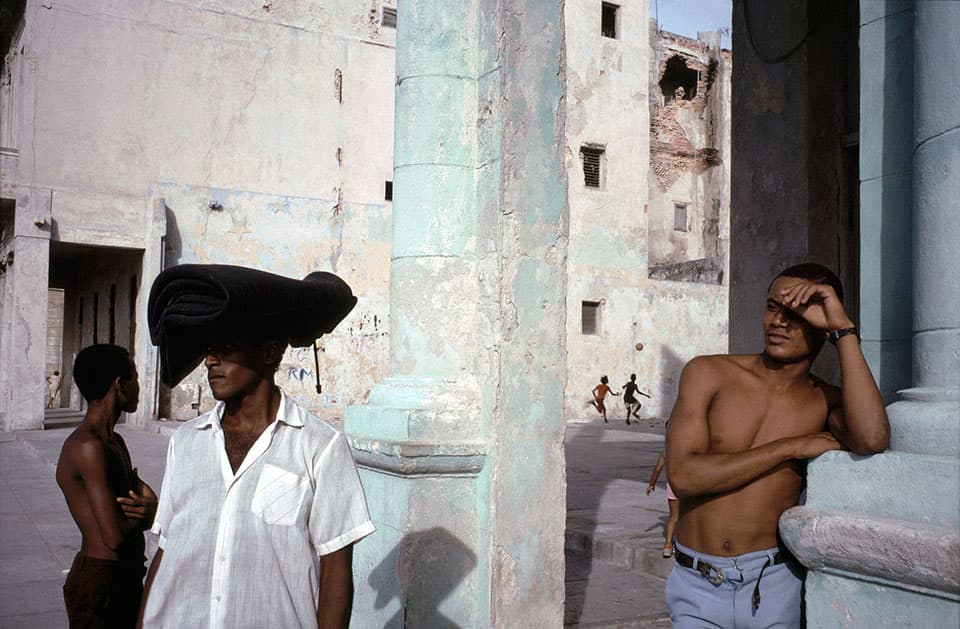
Alex Webb says: ‘Probably, no photographer has influenced me for as long as Henri Cartier-Bresson. For some 50 years, I’ve been drawn to his early, pre-war work with its surreal ambiguity. However, ever since I first saw my father’s copy of The Decisive Moment in the late 1960s, I’ve been uneasy with the title. The notion of a decisive moment seems just too pat, too unpoetic for such a complicated vision. Years later, it was gratifying to discover that the original French title was Images a la Sauvette – “Images on the Sly” – a humbler notion more in the spirit of his early street photographs, work that embraces the mystery and uncertainty of collaborating with the world. “It is the photo that takes you,” as he once said. There are many photographs of mine that have “taken me”. I chose Havana, 1993 because Cuba, then, seemed suspended in time, echoing the feel of the Spanish streets in the 1930s that Cartier-Bresson photographed so memorably. I suspect that the Cartier-Bresson I knew would have been sceptical of the colour of this homage to him but I’d like to think his younger, surrealistic self would have at least appreciated the two boys in the background with that soccer ball hovering overhead, out of reach forever.’
© Alex Webb/Magnum Photos

